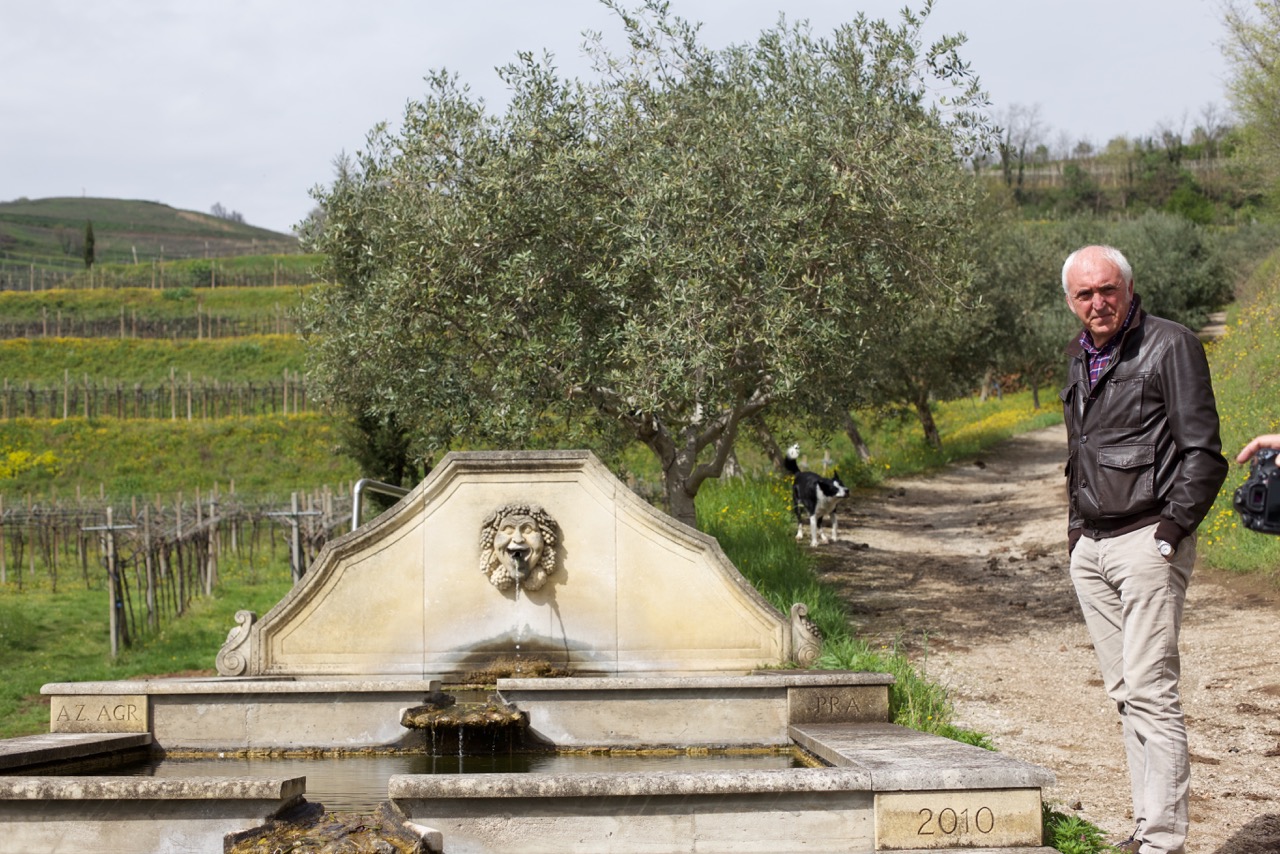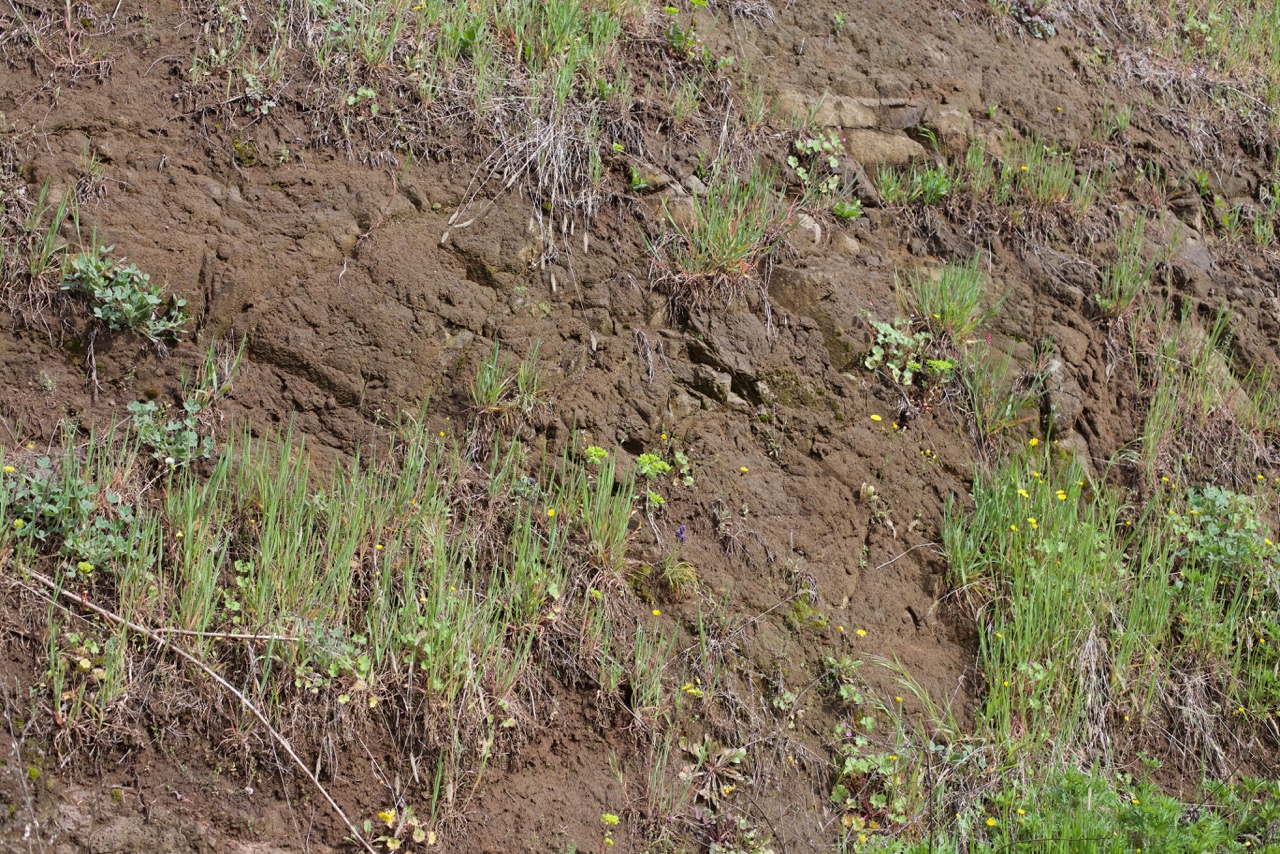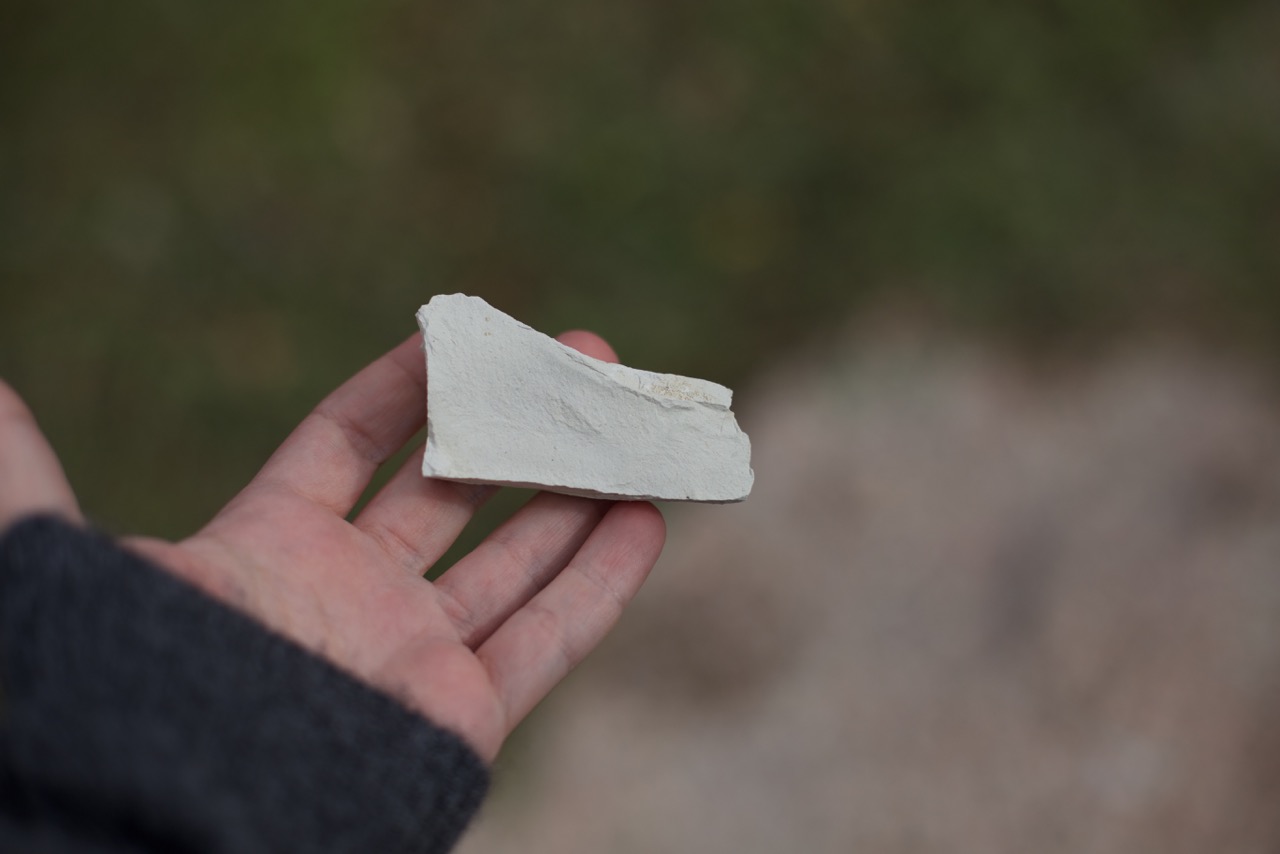Prà
_____________________________________________
All organic viticulture, certified and labeled
Leader of the quality movement within the Soave appellation
Single vineyards, planted in volcanic soils
_____________________________________________
About Prà:
The best wines grown near the little town of Soave, just east of Verona, are some of Italy’s most interesting: vivid, fresh, flavorful, and capable of aging in the bottle. They are made of indigenous grape varieties grown in volcanic soils (this last being very rare in northern Italy). There are very few producers, however, at this peak of quality; Graziano Prà is one of them. He makes a range of Soaves, from the Otto, a brisk, distinctive wine that is a great introduction to the appellation, to the Staforte, Monte Grande and Colle Sant’Antonio bottlings, all different and distinctive. Graziano Prà is one of Italy’s best white wine producers.
Garganega is a white grape variety thought to be native to northern Italy and chiefly cultivated in the hills around the town of Soave, just east of Verona. (It is also grown in Sicily under the name Grecanico Dorato.) When grown for moderate yield it makes wines that have aromas and flavors of almonds, flowers, apple, and citrus, and very fresh acidity. It also makes excellent dried-grape dessert wines, amongst the best in Italy. The other quality grape used for the production of Soave is Trebbiano di Soave, which is a synonym for Verdicchio (another excellent variety, in other words, no relation to Trebbiano Toscano); Prà only uses Trebbiano di Soave in their Monte Grande (30%), all the other wines are entirely made of Garganega.
The ‘Passito della Fontana’ is 100% Garganega, the bunches being dried on mats in a controlled environment for a month before fermentation. Garganega is very well suited to this ‘appassimento’ method. This one is concentrated but not sticky-sweet, with lush flavors of marzipan and dried apricot. Great with a variety of desserts such as nut tarts or cookies, or fruit tarts.
_____________________________________________
The Soaves:
‘otto’, Soave Classico DOC
The commercial reputation of Soave used to be mediocre, but even the base wine from Prà explodes that idea completely. This is bright, dangerously delicious, mid-weight white wine, with aromas and flavors of green apple, flowers, almond, and citrus; I love this as an aperitif but it is also perfect with all sorts of seafood, roast chicken, and many pasta dishes. Also, the wine was named after Graziano’s dog Otto.
‘Staforte’, Soave Classico DOC
Staforte is made from a selection of the best grapes. The vineyards are 30-60 years old, planted in soils of volcanic origin, the vines trained in the traditional ‘pergola veronese’ system. No oak is used, but the wine is aged for six months in tank with ‘batonnage’ (mixing of the lees) using a special paddle installed in the tank. This is my kind of ‘reserve bottling,’. Not oaky, but more concentrated, more ‘vertical,’ longer finish, similar range of flavors and aromas (citrus, almond, apple), excellent crisp acidity.
‘Colle Sant’Antonio’, Soave Classico DOC
Colle Sant’Antonio is from a variety of old-vine plots around Monteforte D’Alpone, dried on the vine by cutting the canes a few weeks before harvest. Smells like some kind of orange-almond cake, very appealing and distinctive, very concentrated on the palate with about 8-9 grams per liter of residual sweetness. Graziano Prà suggests ‘Ideal with traditional food: liver “alla veneziana”, sarde in saor and baccalà alla vicentina. It also marries well with truffle egg or mature cheese and blue cheese.’ My mouth is watering. This also would be great with aged cheeses after dinner.
‘Monte Grande’, Soave Classico DOC
Monte Grande is the name of a great single vineyard, which is planted to Garganega with 30% Trebbiano di Soave. The vinification is different from the preceding wines; the vine canes are cut in mid-September, leaving the bunches to dry on the vine for about a month. The winery says, ‘The minerality, which is the distinctive characteristic of this cru, gives this wine great elegance. An outstanding olfactory complexity of mature exotic fruit and yellow citrus fruits. On the palate it has good freshness with a long finish of sweet almond and vanilla. Thanks to its structure this wine has a good aging potential.’ This wine ages particularly well, the richness given by the grape-drying supported by excellent fresh acid backbone. Lovely wine.
*For tasting notes on a vertical tasting of Monte Grande by Ian d’Agata of Vinous, see here
The Valpolicellas:
Valpolicella ‘Morandina’, DOC
Graziano Prà also makes red wine in the Valpolicella hills, just west of Soave and north of Verona. The Valpolicella ‘Morandina’ is made of the traditional indigenous varieties Corvina, Corvinone, Rondinella, and Oseleta, The grapes are air-dried for a relatively short time, about three weeks (Ian d’Agata points out that air-drying ‘is a … necessity with Corvina, as it has trouble reaching adequate sugar concentration…’), then fermented in stainless steel tanks and aged in 2,000L ‘botti’ made of Allier oak.
The result is fresher than many modern Valpolicellas, grapey, drinkable and a very useful table wine. Flavors are predominantly cherry, with a distinctive herbal/peppery finish.
Valpolicella Ripasso ‘Morandina', Superiore DOC
To make Valpolicella Ripasso, the same traditional indigenous varieties (Corvina, Corvinone, Rondinella, and Oseleta) are fermented normally, then re-fermented on the skins left over from the Amarone fermentation. The result is a mid-weight wine with some of the dried-fruit and pot-pourri character of the Amarone, but fresher, lower in alcohol, and more useful as a table wine.
Amarone della Valpolicella ‘Morandina’, DOCG
Amarone della Valpolicella is made from the traditional indigenous red varieties (Corvina, Corvinone, Rondinella, and Oseleta). The grapes are air-dried on mats in a controlled environment for about 2 months, then fermented. After fermentation the wine is aged in barriques and tonneaux for 2 years, then assembled and aged for a further year in large (2,000L) barrels.
The result shows the classic dried fruit/dried flower Amarone character, with notes of dried cherry and plum; the residual sweetness is around 8 grams per liter, low for the type, and around 16.5 % alcohol by volume; a special yeast is used for fermentation that can tolerate high levels of alcohol. Surprisingly given these numbers the wine is still relatively elegant; Amarone is a classic ‘vino da meditazione,’ drunk by itself or with aged cheeses, but brave souls will also pair it with classic steakhouse meat dishes like grilled ribeye or lamb chops.












